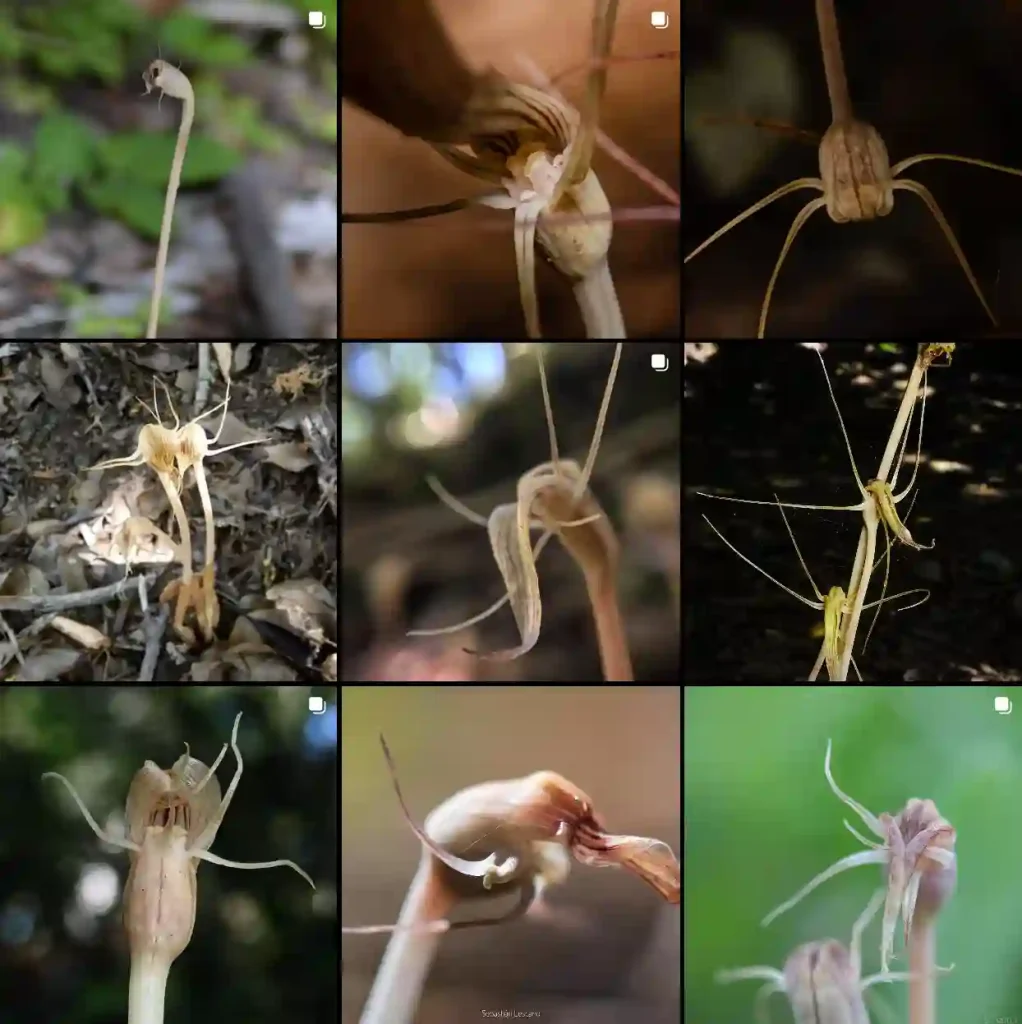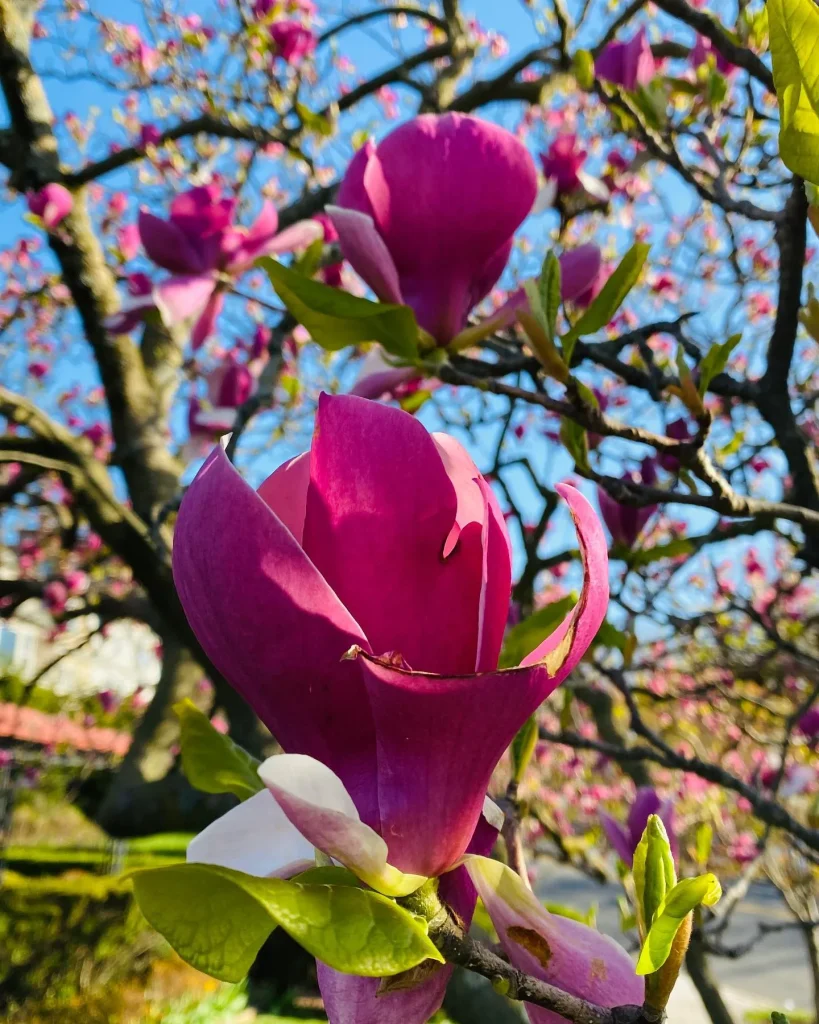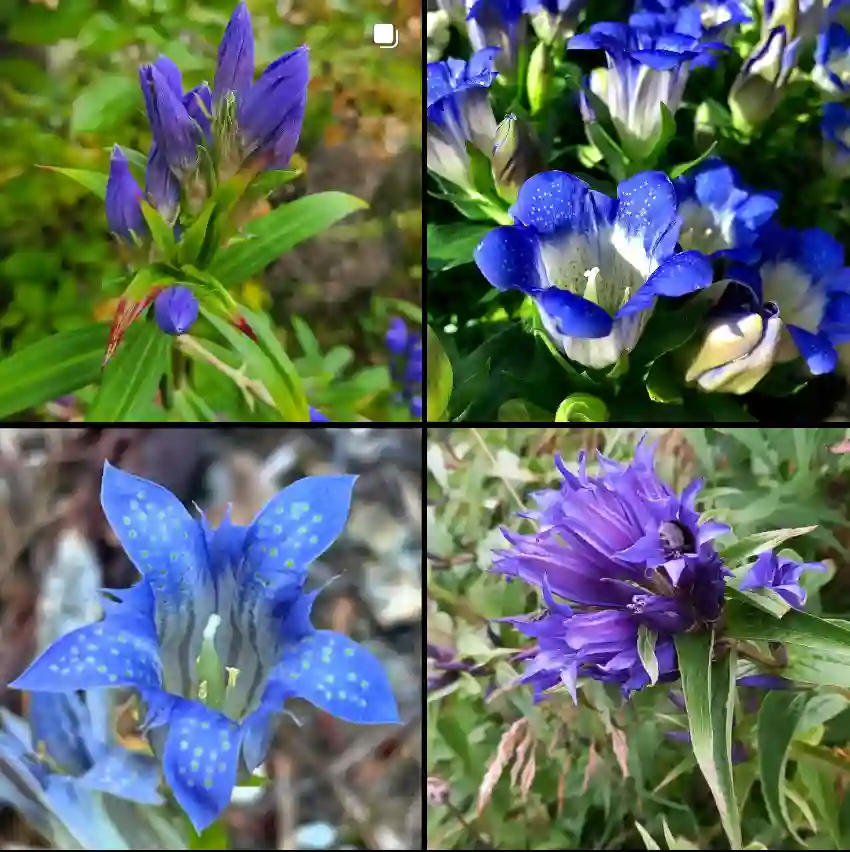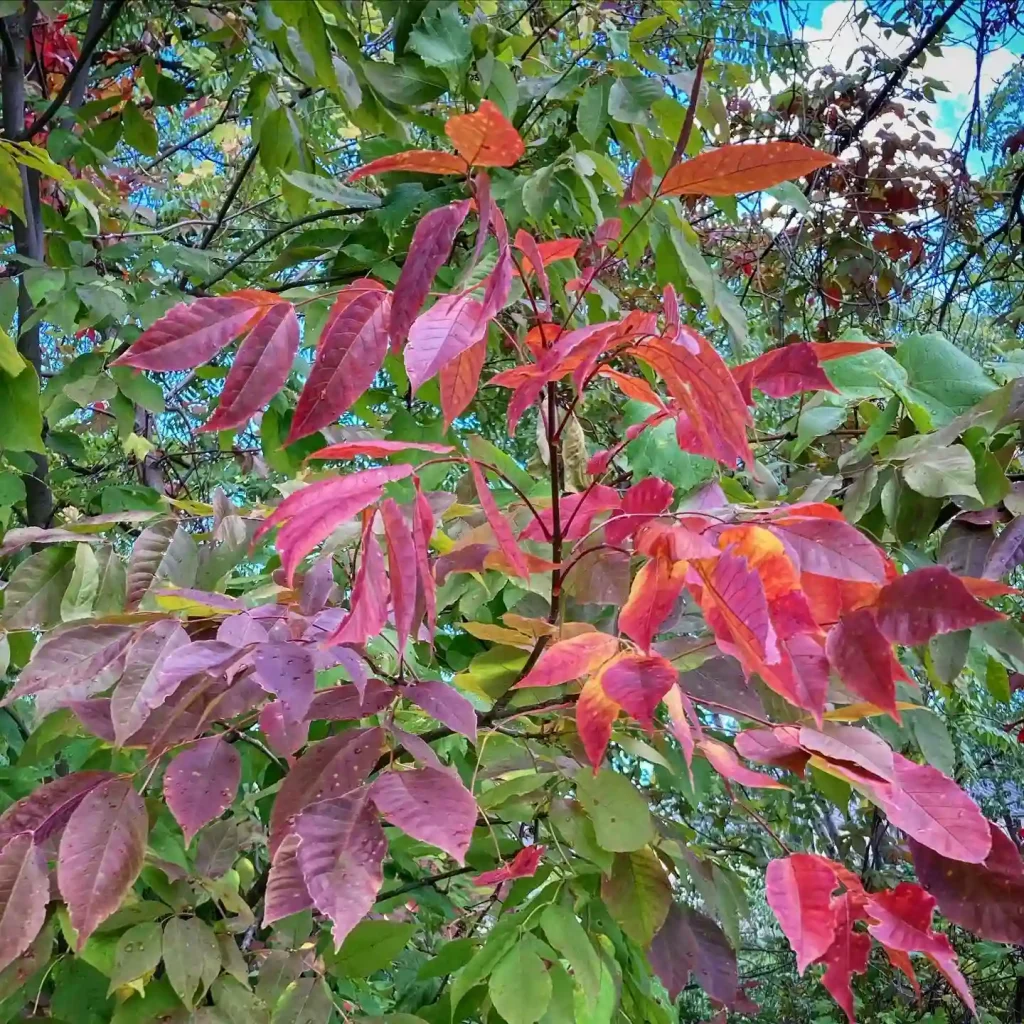
June 26 – Cydonia
"Cydonia, the quince, represents June 26."
Cydonia symbolizes creativity and abundance. You have a fruitful imagination and a generous spirit. Like this tree’s bountiful fruits, you enrich the lives of those around you.
What is quince fruit?
My name is Ferb Vu, and I’ve always been fascinated by the diversity of the plant world. From towering redwoods to delicate orchids, each species holds its own unique charm. But there’s one genus that, despite its limited membership, has captured my attention: Quince – Cydonia from the Rosaceae family.
Now, you might be thinking, “A whole genus with just one member? That’s a bit lonely, isn’t it?” And you’d be right. Cydonia oblonga, the common quince, stands alone in its genus. But what it lacks in company, it more than makes up for in character.
How to eat quince?
Eating quince is like unlocking a hidden culinary gem. While it’s not typically eaten raw due to its tough and astringent flesh, it transforms beautifully when cooked. One of my favorite ways to enjoy quince is by making quince paste, also known as membrillo. To make it, I simmer sliced quince with sugar and water until it becomes thick and jam-like, then spread it on crackers or pair it with cheese for a delightful snack or appetizer. Additionally, I love poaching quince in a syrup flavored with spices like cinnamon and cloves, which softens the fruit and infuses it with sweet, aromatic goodness. Whether it’s in jams, desserts, or savory dishes, quince adds a unique flavor and fragrance that’s worth exploring in the kitchen.
What does quince taste like?
Describing the taste of quince is like capturing the essence of autumn in a single bite. When cooked, its flavor is a delightful blend of sweetness and tartness, with subtle hints of floral and citrus notes. Imagine biting into a tender slice of quince that’s been simmered in sugar and spices—it’s like experiencing a symphony of flavors that dance across your palate. There’s a unique complexity to quince that sets it apart from other fruits; it’s simultaneously refreshing and comforting, with a lingering warmth that reminds me of cozy evenings by the fireplace. Quince’s flavor is truly one-of-a-kind, and it’s a joy to savor in every delicious bite.
How to cook quince?
Cooking quince is a culinary adventure that rewards patience and creativity. One of my favorite ways to cook quince is by making quince jam or jelly. I start by peeling and coring the quince, then chopping it into chunks. Next, I simmer the quince pieces in a pot with water, sugar, and sometimes a touch of lemon juice until they soften and turn a beautiful rosy hue. As the mixture thickens, I love adding spices like cinnamon or cloves to enhance the flavor even more. Once the quince has cooked down to a thick, spreadable consistency, I pour it into sterilized jars to cool and set, ready to be enjoyed on toast or with cheese. Another delicious way to cook quince is by poaching it in a syrup flavored with spices like cinnamon, star anise, and vanilla. The gentle simmering allows the quince to absorb the aromatic flavors while turning tender and luscious. Whether I’m making jam, jelly, or poached quince, cooking with this versatile fruit always fills my kitchen with warmth and fragrance, creating dishes that are as beautiful as they are delicious.
How to make quince jam?
Making quince jam is a labor of love that fills your kitchen with warmth and fragrance. To start, wash and peel the quince, then core and chop them into small pieces. In a large pot, combine the chopped quince with water, sugar, and a squeeze of lemon juice to help balance the sweetness and preserve the vibrant color. Bring the mixture to a boil, then reduce the heat and let it simmer gently, stirring occasionally. As the quince cooks down, it will release its natural pectin, helping the jam thicken. This process can take anywhere from 1 to 2 hours, depending on the size and ripeness of the quince. You’ll know it’s ready when the mixture has thickened to your desired consistency and has turned a beautiful rosy color. Pour the hot jam into sterilized jars, seal them tightly, and let them cool completely before storing them in the refrigerator. Enjoy your homemade quince jam on toast, scones, or as a delightful accompaniment to cheese!
When are quince ripe?
Quince ripeness is a bit of a waiting game, but it’s definitely worth it. Generally, they’re ready to harvest in the fall, typically from late September to early November, depending on the variety and location. Unlike other fruits, like apples or pears, quince won’t ripen fully on the tree. Instead, they’re picked when they’ve reached their mature size and color but are still firm. Look for quince that have turned from green to a golden-yellow color and feel heavy for their size. Once harvested, they continue to ripen off the tree, developing their signature fragrance and flavor. I usually let them sit at room temperature for a few days to a week until they soften slightly and emit their delightful aroma, signaling that they’re ready to be transformed into delicious culinary creations.
Where to buy quince fruit?
Finding quince fruit can sometimes be a bit of a treasure hunt, but there are a few places you can try. Farmers’ markets are a great option, especially during the fall season when quince are typically harvested. Local orchards or fruit farms may also sell quince when they’re in season, so it’s worth checking with them directly. Additionally, specialty grocery stores or markets that focus on gourmet or international foods may carry quince, especially in areas with diverse culinary scenes. If you’re unable to find fresh quince locally, you can also look for quince products such as quince paste or preserves, which are sometimes more readily available in larger supermarkets or online. While quince may not be as common as other fruits, the search is part of the adventure, and once you find them, you’ll be rewarded with their unique flavor and versatility in the kitchen.
How to prune flowering quince?
Pruning flowering quince is essential to maintain its health, shape, and abundant blooms. I typically prune my flowering quince in late winter or early spring, before new growth begins. Start by removing any dead, damaged, or crossing branches to improve air circulation and prevent disease. Then, prune back any overly long or leggy branches to encourage a more compact and bushy growth habit. When pruning, make clean cuts just above a bud or lateral branch to promote new growth. Additionally, you can selectively prune to shape the quince, removing any branches that disrupt the desired form or balance. After pruning, be sure to clean your tools with a disinfectant to prevent the spread of diseases. With proper pruning, your flowering quince will thrive, producing an abundance of beautiful blooms year after year.
A Lone Wolf, But Not Forgotten
Despite its solitary status in the genus Cydonia, the quince has clearly made its mark on human history and culture. It’s a testament to the fact that sometimes, it’s not about quantity, but quality. This unique fruit, with its complex flavor profile and versatile nature, continues to inspire and delight people around the world. And as for me, well, I’ll always have a soft spot for the quince, a reminder of my grandmother’s love and the magic that can be found in the simplest of things.
If i die, water my plants!



